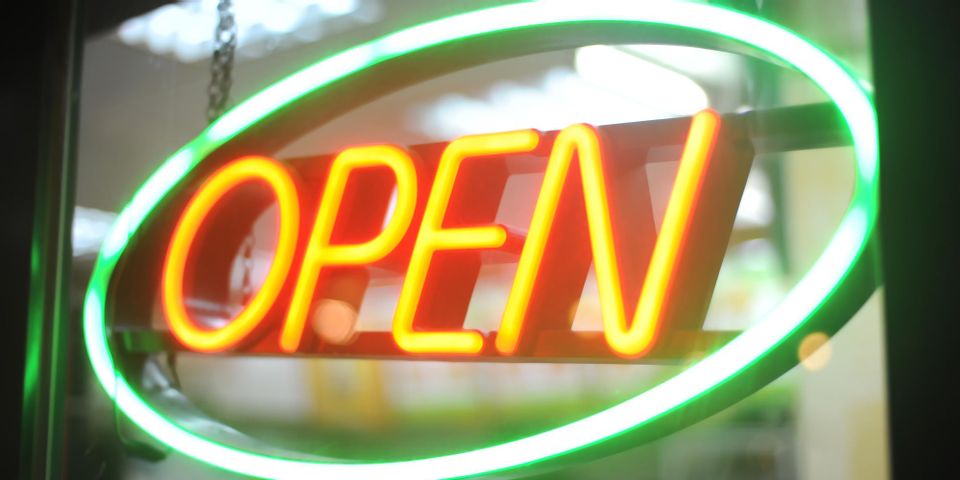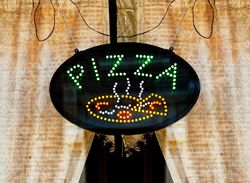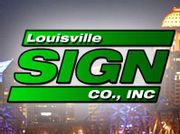
Before proceeding with a business sign installation, you’ll need to decide on your type of signage illumination. Neon and LED are two of the most commonly used illuminated signs, and both work entirely different from each other. Here’s what you should know about how they vary and when to use each one.
How Do They Differ?
A neon sign is made with glass tubing, which is handcrafted and bent to form letters and images. Its illumination comes from the inert noble gas, like argon, krypton, or helium, inside that emits a bright glow when electrified. There are instances when hydrogen and mercury are used to produce different colors, as well as powder coatings to create effects.
In LED signage, tiny bulbs without filaments or light-emitting diodes are placed together closely to provide steady illumination. Opaque or semi-transparent acrylic houses and protects the bulbs, which allow some of the brightness to pass through. LED signs produce harsh, solid colors, unlike the soft, warm glow of neon.
Why Choose One Over the Other
When deciding between the two for sign installation, know that each has its own merits and drawbacks. Consider the following factors:
- Versatility: When it comes to versatility, neon signs fall short compared to their LED-illuminated counterparts. Some sign designs, especially intricate ones, are nearly impossible with neon lights because of the limitations of glass bending.
 Energy-Efficiency: LED signs need significantly less power to light up relative to neon-lighted signage. At 24 volts of LEDs versus 15,000 volts of neon lights, it’s easy to see that the former trumps the latter in terms of consumption and carbon footprint.
Energy-Efficiency: LED signs need significantly less power to light up relative to neon-lighted signage. At 24 volts of LEDs versus 15,000 volts of neon lights, it’s easy to see that the former trumps the latter in terms of consumption and carbon footprint.- Safety: Since neon signs use high-voltage electricity and glass, they are less safe to operate compared to LED signage. They emit toxic gases and require special handling with disposal, unlike their LED counterparts that produce little heat and are less prone to external damage, such as breakage.
- Maintenance: LED-illuminated signs are virtually maintenance-free; they only need periodic cleaning. On the other hand, neon signs need to have their gases refilled from time to time, which adds up to the cost of operating one.
- Brightness: Neon signs produce a soft glow that appears washed out in daylight and at farther distances, which doesn’t happen with LED signs. However, the brightness of LEDs can be too harsh most of the time, making it better suited for backlighting.
- Curb Appeal: If your business aims to appeal to a retro style or aesthetics, neon signs can certainly deliver an old-school charm that LED signage can’t match.
When you need help choosing between LED and neon for your business sign, ask the professionals at Louisville Sign Co. Headquartered in Mt Washington, KY, they’ve provided sign installation, design, and restoration services to clients throughout the area for over 10 years. Call (502) 957-2161 to request free estimates or view their full list of sign services online.
About the Business
Have a question? Ask the experts!
Send your question

